More and more cities like New York have been exploring remote activation to trigger accessible pedestrian signals.

The Trailblazers of College Accessibility in the United States
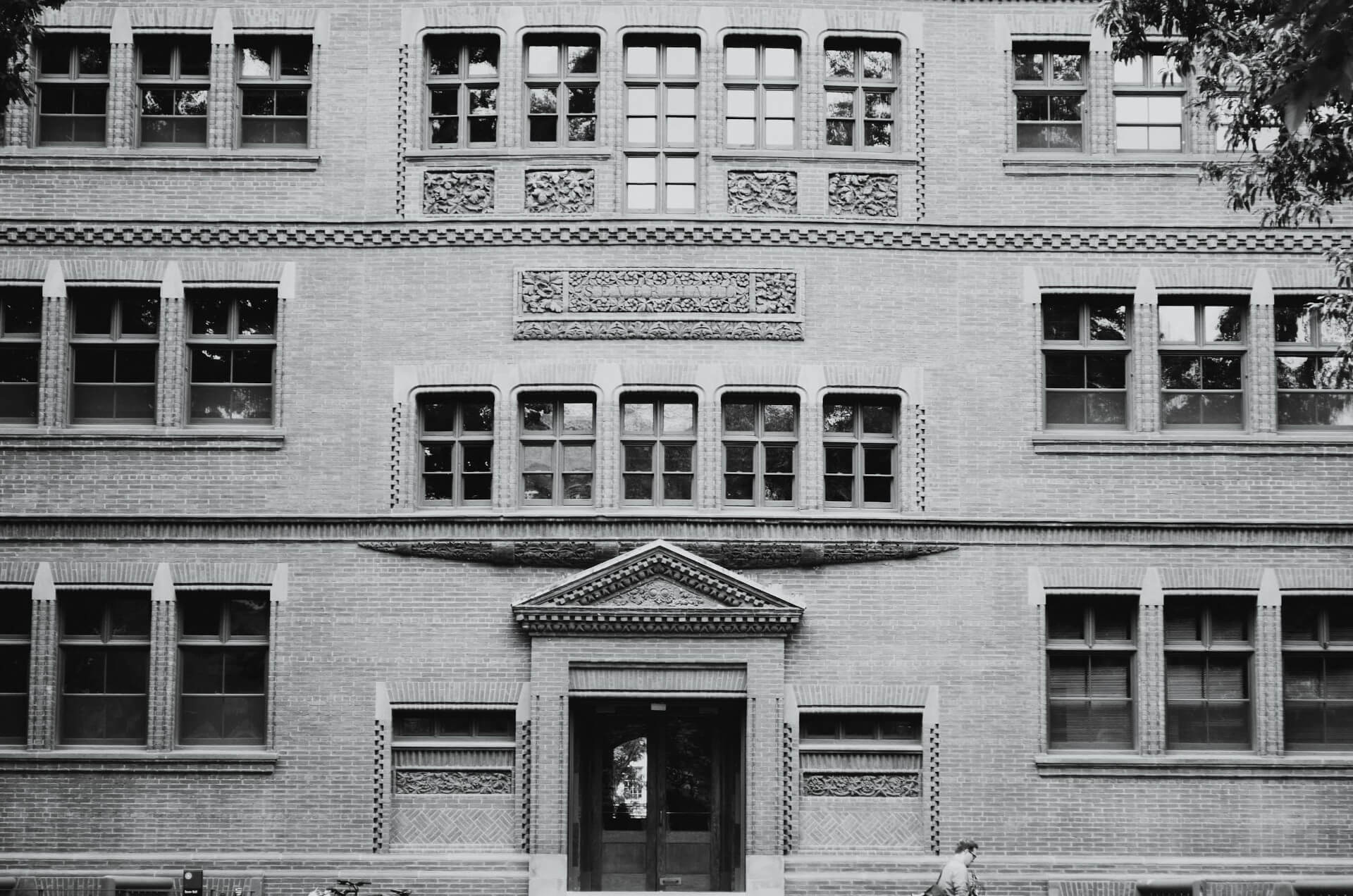
The Trailblazers of College Accessibility in the United States
The academic year has started! It’s time for students to go back to college and to fully build their own future! But some, like students with disabilities, can face obstacles during their studies. College accessibility is key to make sure these students can succeed, whether they have a visual or a hearing impairment or motor difficulties.
Around 20% of students with disabilities attend college in the United States. A percentage that keeps increasing every year due to the fact that colleges and universities put up more and more measures to make their premises and their curriculums accessible to all. They thus attract more and more students with disabilities who wish to have access to a higher education.
What do American colleges need to do to be accessible? How can they promote the inclusion of students with disabilities? Get ready to take some notes, we’re going to dissect everything! Retakes aren’t admissible!
Measures promoting college accessibility
Thanks to the Individuals with Disabilities Education Act of 1990 (IDEA), students with disabilities between the ages of 3 and 21 receive a public education that’s tailored to their profile. One of its most important goals is to help students have access to a higher education establishing transition services. These services work closely with students to guide them by helping them to find the right college and preparing them for their life on campus.
The same year the Americans with Disabilities Act (ADA) passed. It aims at protecting people with disabilities from any type of discrimination by implementing accessibility measures in public accommodations. Giving people with disabilities the same services and opportunities as any other citizens represents the true meaning of accessibility. Thus public academic institutions need to abide by it.
Both acts demonstrate that it’s up to schools and colleges to adapt to the students’ different profiles in order to facilitate their inclusion and their success by first turning their premises accessible. For colleges, it concerns the whole campus: administrative services, lecture halls, cafeterias, libraries… A lot of measures that answer the needs of students with disabilities, regardless of their profile, are easy to implement:
⊗ Automatic doors;
⊗ Guide paths for orientation;
⊗ Elevators and access ramps;
⊗ Visual contrasting non-slip stair nosings;
⊗ Audio beacons located at strategic points of interest (entrances, reception desk, assemble rooms…);
⊗ Universal pictograms;
⊗ Braille signs;
⊗ Audio induction loops;
⊗ Accessible restrooms.
We thus have simple yet very efficient systems that enable students but also faculty members with disabilities to get their bearings in a huge and crowded place without needing to be accompanied by someone. Even technology can be useful like Evelity, an indoor wayfinding app specially designed to guide people with disabilities step by step. To use this innovative technology, users just need a smartphone, an essential tool that favors the autonomy of people with disabilities in their everyday lives.
In France, the medical university Rockefeller in Lyon has implemented this navigation system showing others that technology can also enhance college accessibility. For a campus that’s essentially composed of blind or visually impaired students, this solution works well with guide paths to guide users within the facility.
To make sure students with disabilities have equal access to programs, activities and courses but also accessible accommodations on campus, colleges all have disability services at their disposal. However, colleges don’t provide the same disability resources to their students. It’s up to them to carefully choose a college that perfectly answers their needs. They can research anything they need to know on disability and higher education on the National Center for College Students with Disabilities (NCCSD) website. Most services constitute in:
⊗ Note takers;
⊗ American sign language interpreters;
⊗ Assistive Listening Devices (ALDs);
⊗ Assistive technology (screen readers, alternate format materials, video magnifiers…);
⊗ Exam adjustments;
⊗ Housing accomodations (wheelchair accessible for example).
Some institutions can afford to go further like world-class private university Harvard. Indeed, Harvard pays attention to ergonomics for its students as well as its faculty members with disabilities by providing furniture and office equipment that’s adapted to their type of disability. The university also puts at their disposal accessible shuttles and vans to facilitate their getting around. Everything is thought to make their lives on campus agreeable!
Another good example is Berkeley that provides all the necessary services listed above but also takes into consideration the needs of students on the autism spectrum. Different academic supports like executive function skills building and an emphasis on social engagement with a weekly discussion group enable students on the autism spectrum to succeed in their studies and to have a rich campus life.
For sure, social activities have an impact towards college accessibility. As human beings, we need to connect to others, especially to others who aren’t or don’t think alike.
Easily accessible campuses
Thanks to their accessibility, colleges and universities can bank on their attractivity to enroll new students. It’s a place where students spend several years learning, shaping their personalities and creating links with others. Consequently, for those who don’t already have an accommodation on the premises being able to easily go there is key to guarantee they have a good college experience.
For students with reduced mobility, going to college by car can easily turn into a conundrum when it comes to finding a PRM parking space on campus. A college with accessible parking spaces strengthens even more their autonomy to get around.
Using public transportation to go to college can also facilitate the lives of students as long as it’s accessible. Subway stations for instance need to be equipped with elevators and escalators. Students with disabilities living in Boston are lucky to use the MBTA since it has strongly improved its accessibility over the years. All buses have a retractable access ramp and dedicated spaces for people using wheelchairs, they remain a good means of transport for people with reduced mobility.
For places as huge as campuses, making accessible every possible route between all the different buildings: from the student center to the lecture halls, from the lecture halls to the library or from the library to the cafeteria… There are a lot of possible combinations that students do to successfully complete their studies and their lives on campus. As we previously saw, a simple and clear signage system enables all students to easily get their bearings in an autonomous way. Tactile guiding paths are the easiest way for visually impaired students to find their way to their chosen destination. They simply have to follow them.
A lot of colleges and universities put an online map of their campus so that students can easily comprehend the premises. In addition to all the necessary information on the location of the buildings, the map of the University of Michigan also indicates where the accessible entrances are.
Understanding the issues of students with disabilities
Although a lot of apps exist to facilitate the communication of hearing impaired students with others, it’s always better when they face empathic people. Whether they are faculty members of fellow students, it’s important they put themselves in their position by following several tips to make them feel welcome. Being sensitive to the needs of students with disabilities favors their inclusion and offers them a comfortable environment for their studies. A well trained staff and faculty plays a major role in the success of these students. Colleges and universities that focus on disability awareness will attract more students with disabilities.
Seeing that the number of students with disabilities who decide to go to college keeps increasing, colleges and universities need to be able to answer their needs for a perfect inclusion and success. Setting up accessibility measures enables colleges to strengthen their positive image and reputation. We need more college accessibility to shape the minds of the future generations in a more open and tolerant way.
Updated on December 28th, 2021 / Published on October 2nd, 2020
media

To make sure students with disabilities have equal access to programs, activities and courses, colleges all have disability services at their disposal.
writer

Carole Martinez
Content Manager
stay updated
Get the latest news about accessibility and the Smart City.
other articles for you
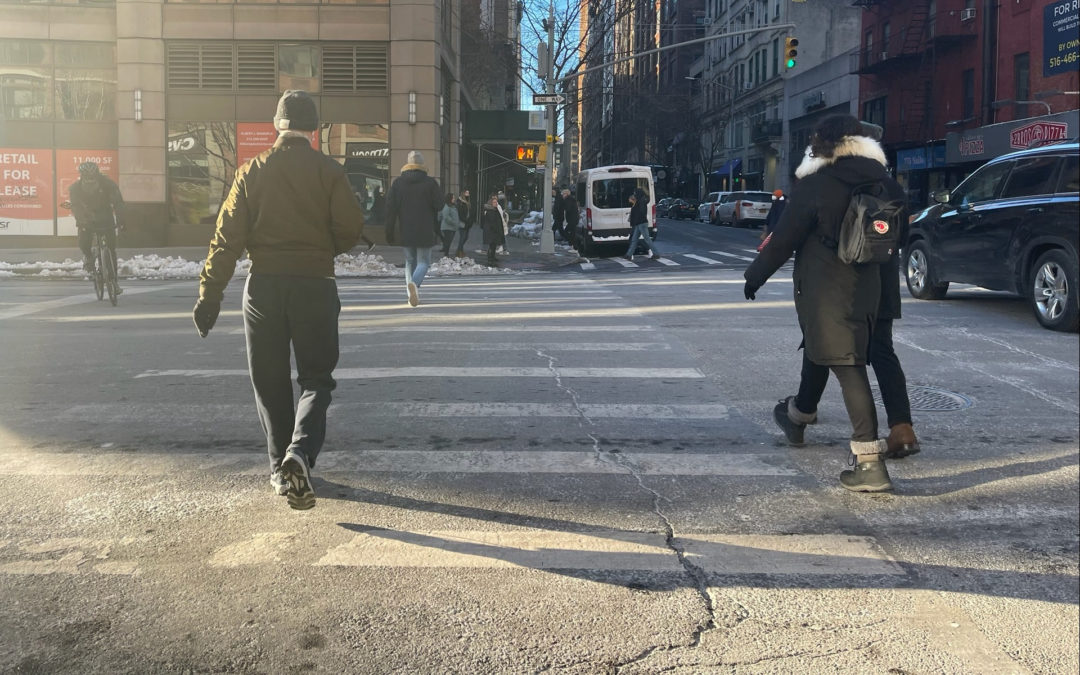
How Accessible Are the Audible Pedestrian Pushbuttons of Your Crossings?
Blind and visually impaired people rely on audible pedestrian pushbuttons to know when to safely cross the street. How accessible are they?
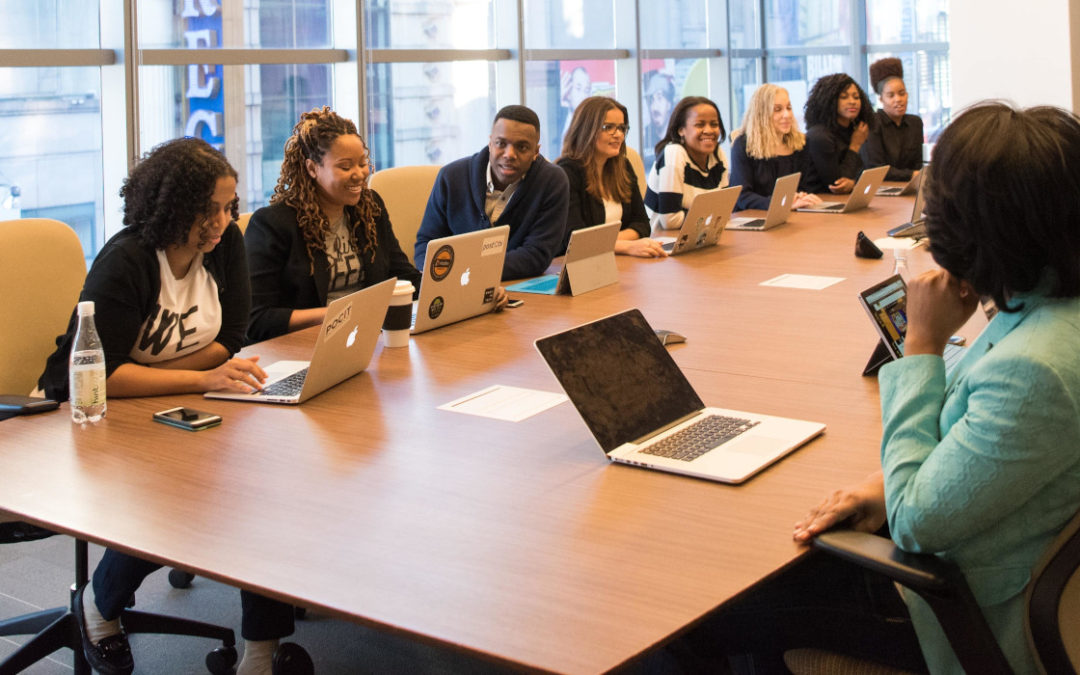
The Number of People with Disabilities in the Workforce Is Rising: How to Include Them and Increase the Performance of Your Company?
In the U.S., the number of people with disabilities in the workforce is increasing. This means workplaces need to adapt to include them.

Disability Statistics in the US: Looking Beyond Figures for an Accessible and Inclusive Society
How many people with disabilities live in the United States? How can they be more integrated in our society? What accessibility solutions can make their lives easier?
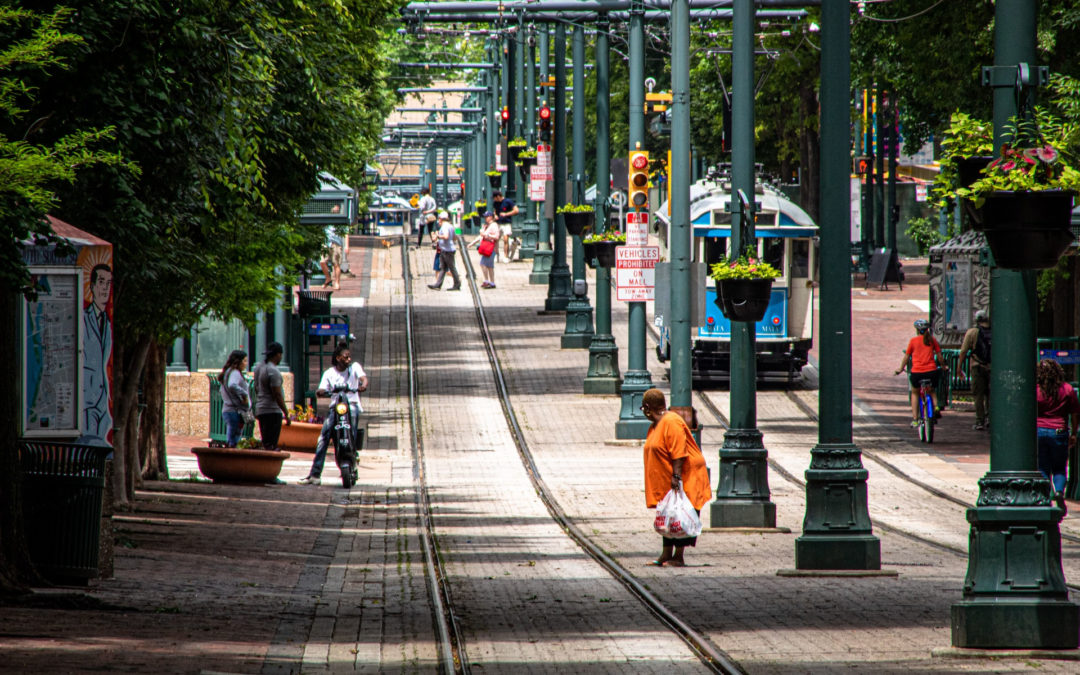
How to Make Shared Streets Truly Shared by All?
Shared streets represent zones where different active modes of transportation mix with motor vehicles. But for people with disabilities, they may be difficult to navigate.
share our article!
more articles
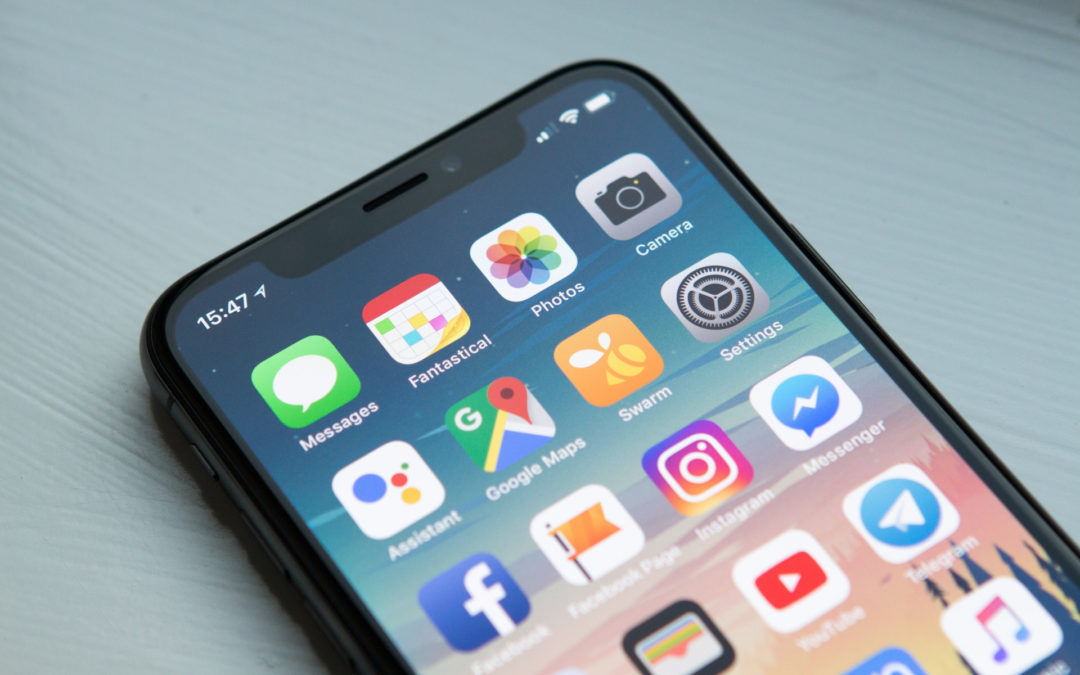
5 Must-Have Apps for People with Intellectual Disabilities
5 Must-Have Apps for People with Intellectual DisabilitiesPeople with intellectual disabilities such as Down syndrome or fragile X syndrome have an intellectual development that’s inferior to the population average and learning difficulties. This means they have...
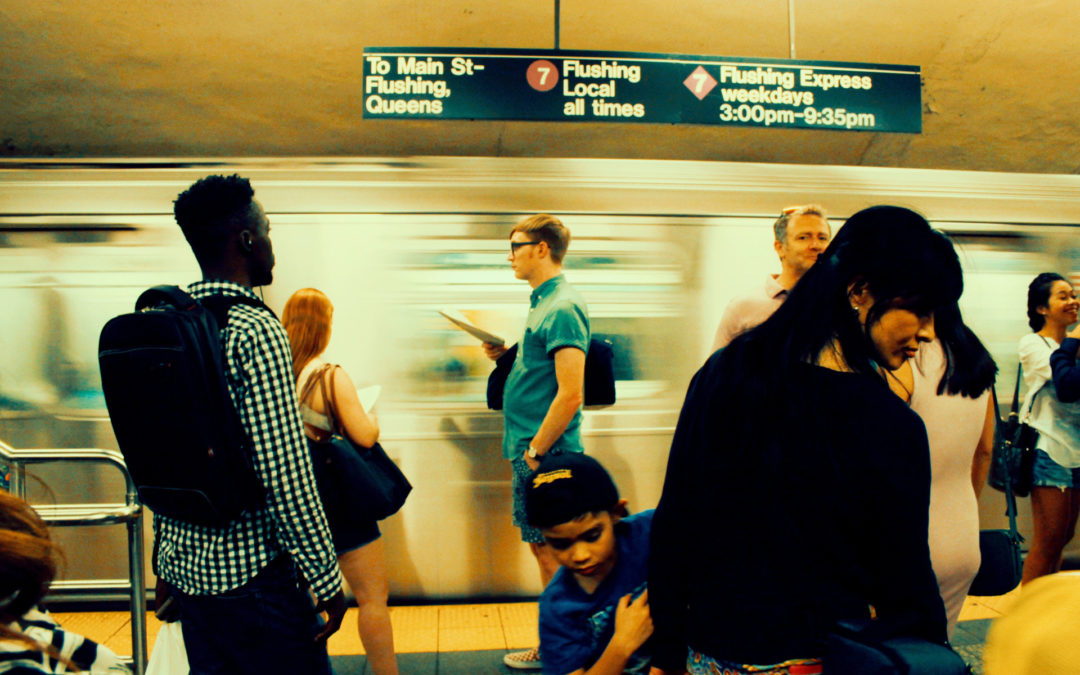
How Innovation Promises to Revolutionize Accessibility in the New York City Subway
How Innovation Promises to Revolutionize Accessibility in the New York City Subway With more than 1.5 billion passengers per year, the New York City subway is one of the most used rapid transit systems in the Western world. And it’s also one of the oldest. It...

How Accessible Are the Audible Pedestrian Pushbuttons of Your Crossings?
How Accessible Are the Audible Pedestrian Pushbuttons of Your Crossings?Actuating audible pedestrian pushbuttons is the first step to crossing the street safely. They provide blind and visually impaired users audible information about the WALK and DON’T WALK signals....
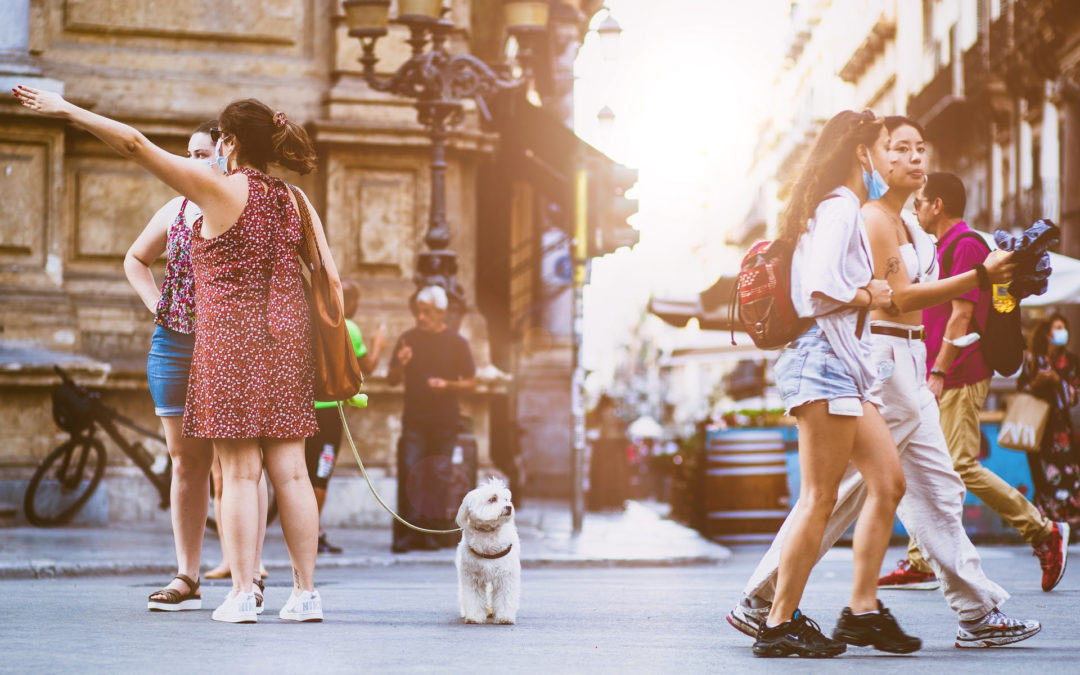
Should We Say “Hybridization” or “Inclusion” Regarding People with Disabilities? | Interview of Gabrielle Halpern, Doctor of Philosophy
Should We Say “Hybridization” or “Inclusion” Regarding People with Disabilities? | Interview of Gabrielle Halpern, Doctor of PhilosophyAs accessibility experts, we often talk about inclusion to explain that our society should be built to suit the needs of everybody,...
NEVER miss the latest news about the Smart City.
Sign up now for our newsletter.
Unsubscribe in one click. The information collected is confidential and kept safe.
powered by okeenea
The French leading company
on the accessibility market.
For more than 25 years, we have been developing architectural access solutions for buildings and streets. Everyday, we rethink today’s cities to transform them in smart cities accessible to everyone.
By creating solutions ever more tailored to the needs of people with disabilities, we push the limits, constantly improve the urban life and make the cities more enjoyable for the growing majority.



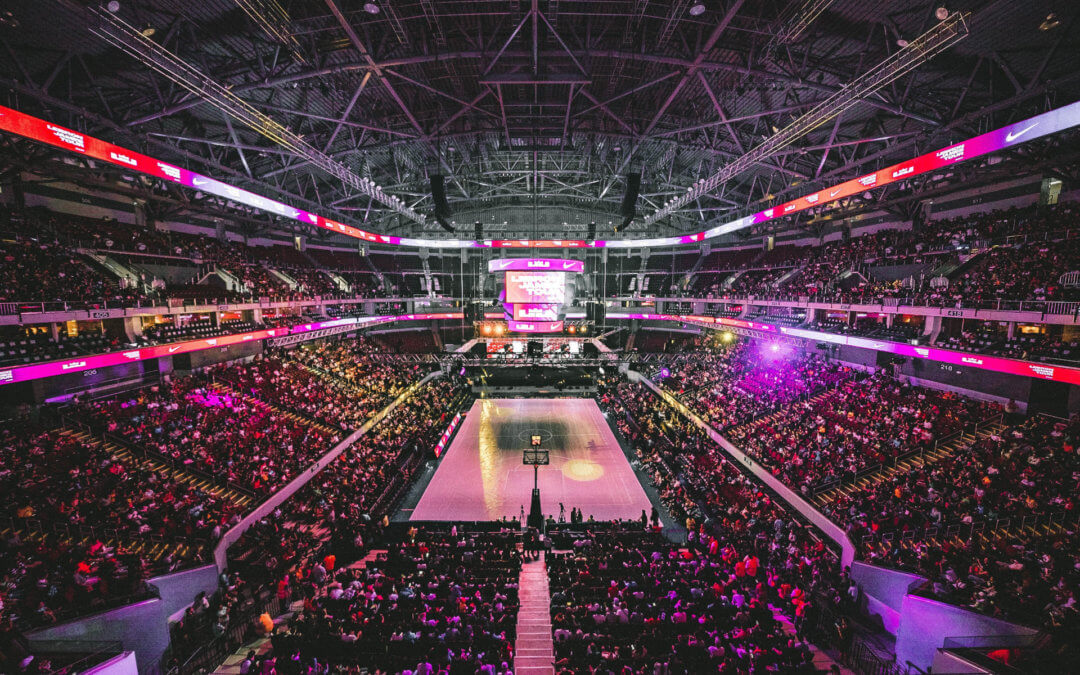
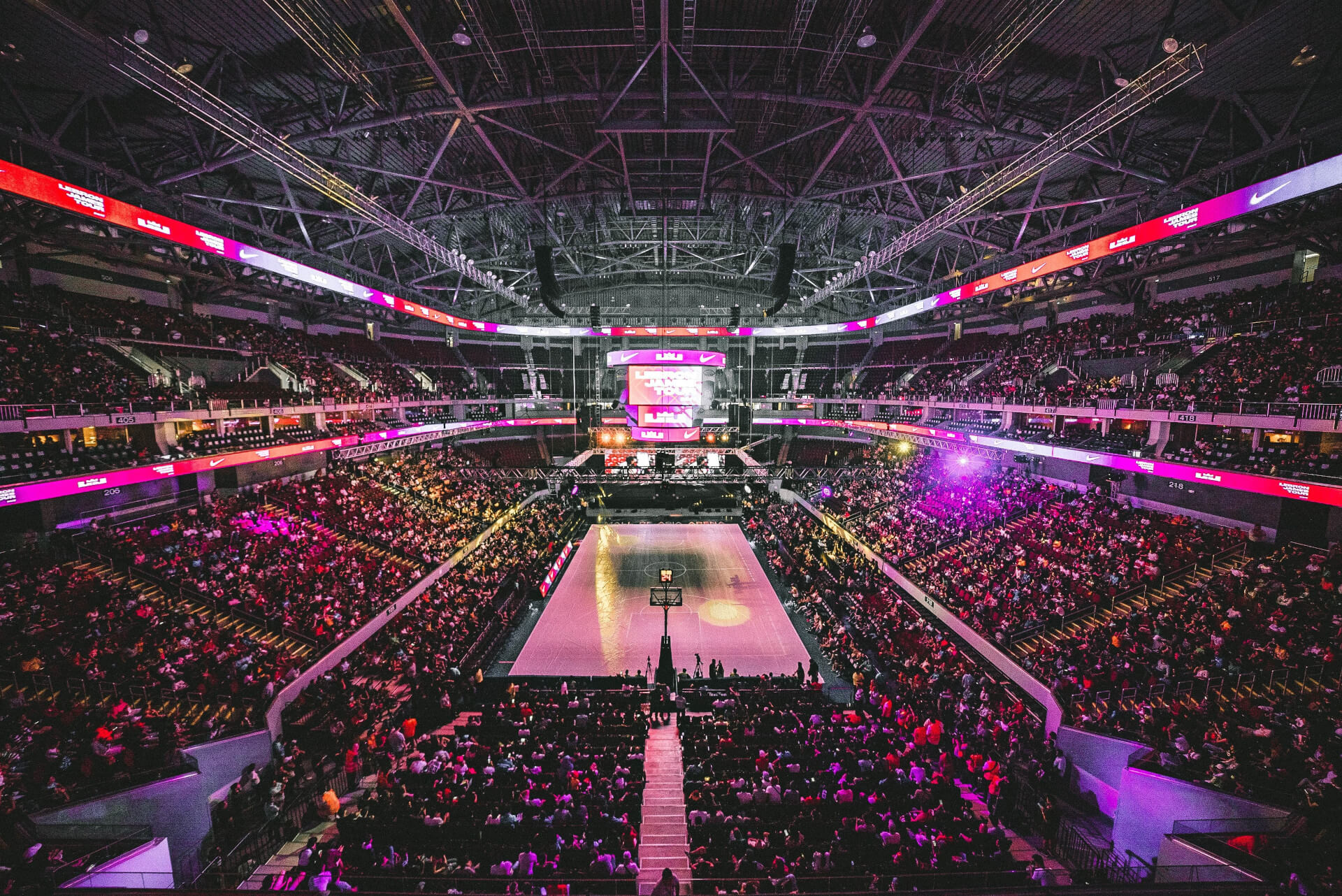
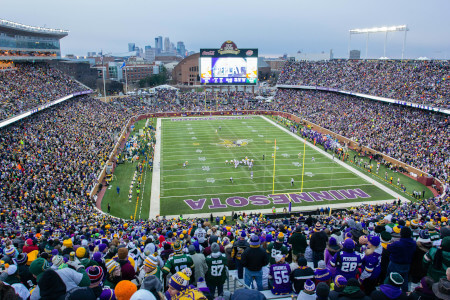
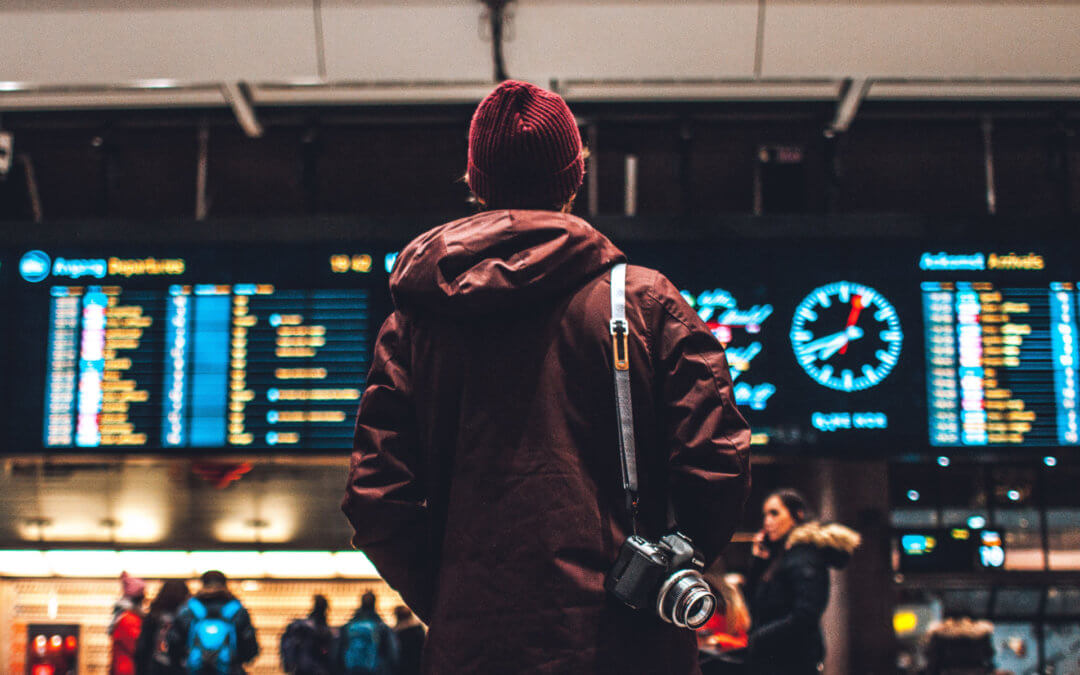
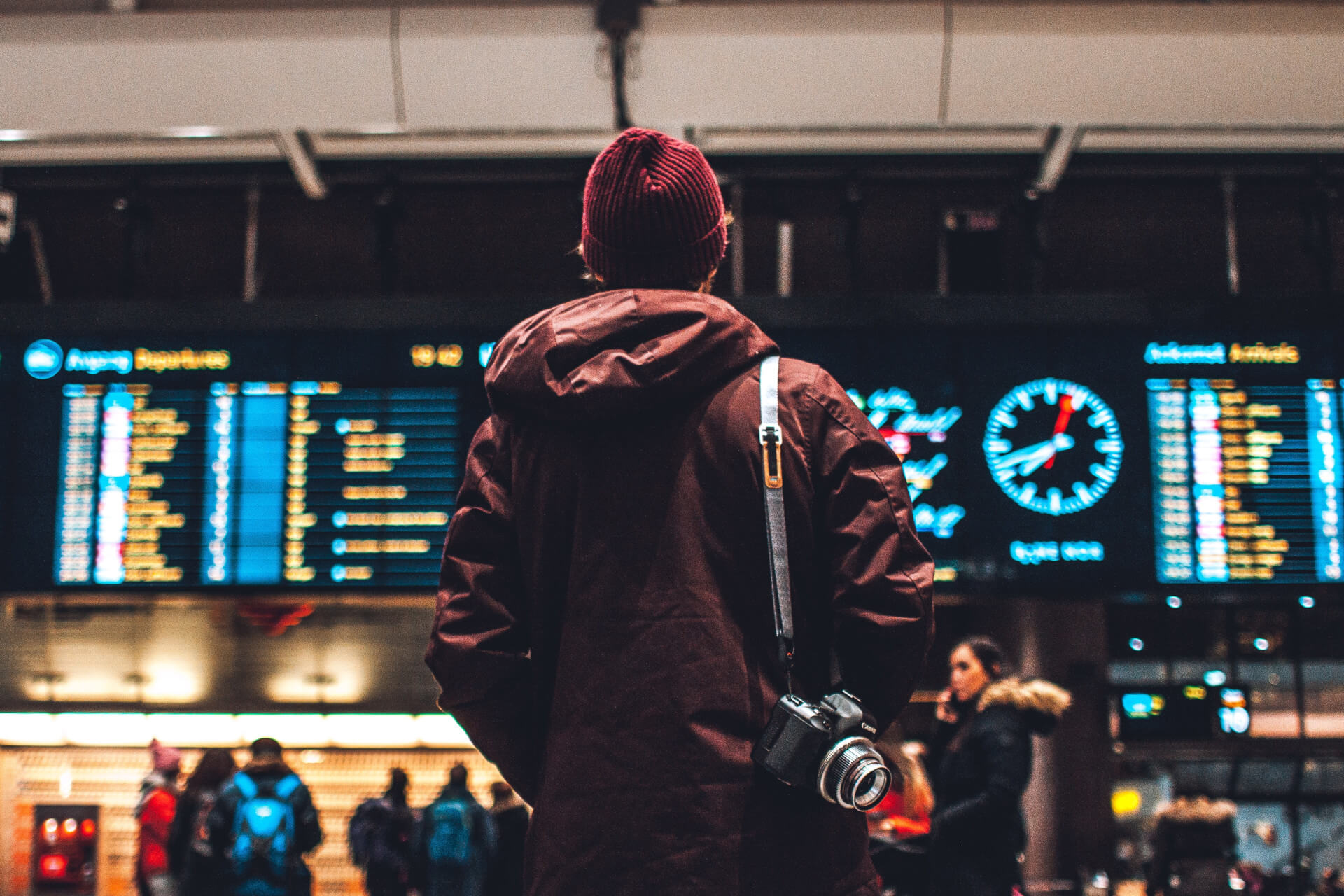
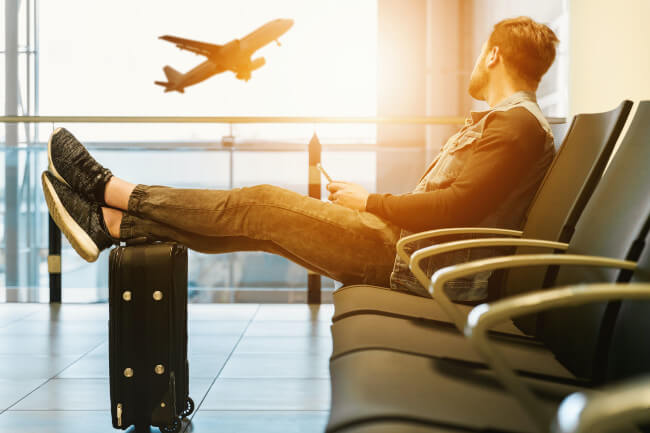
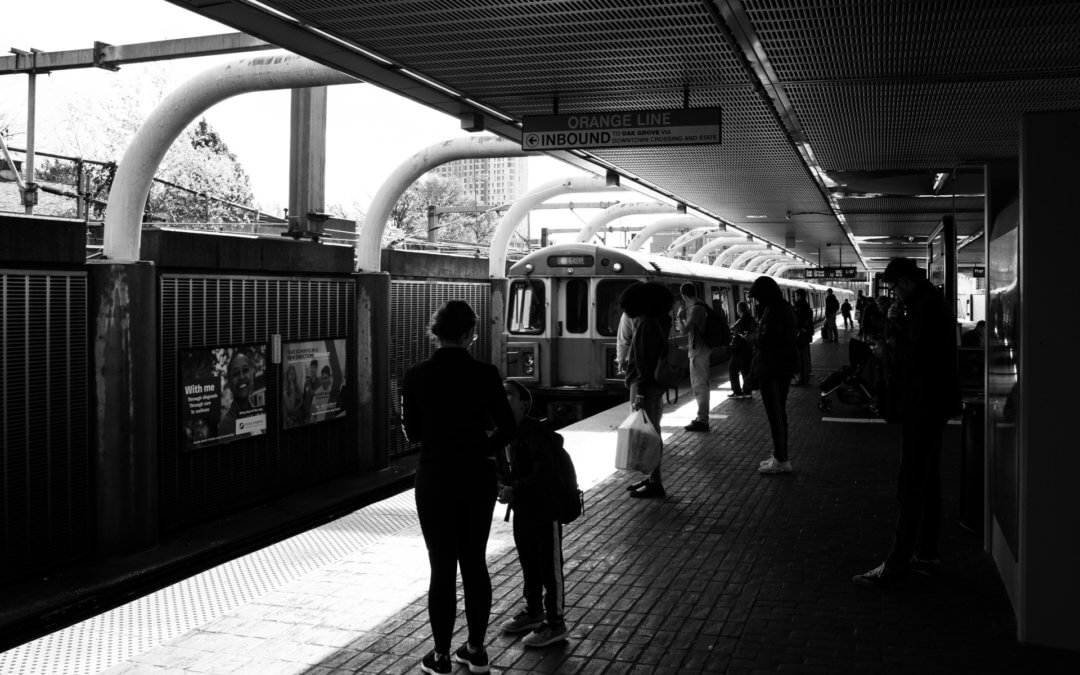
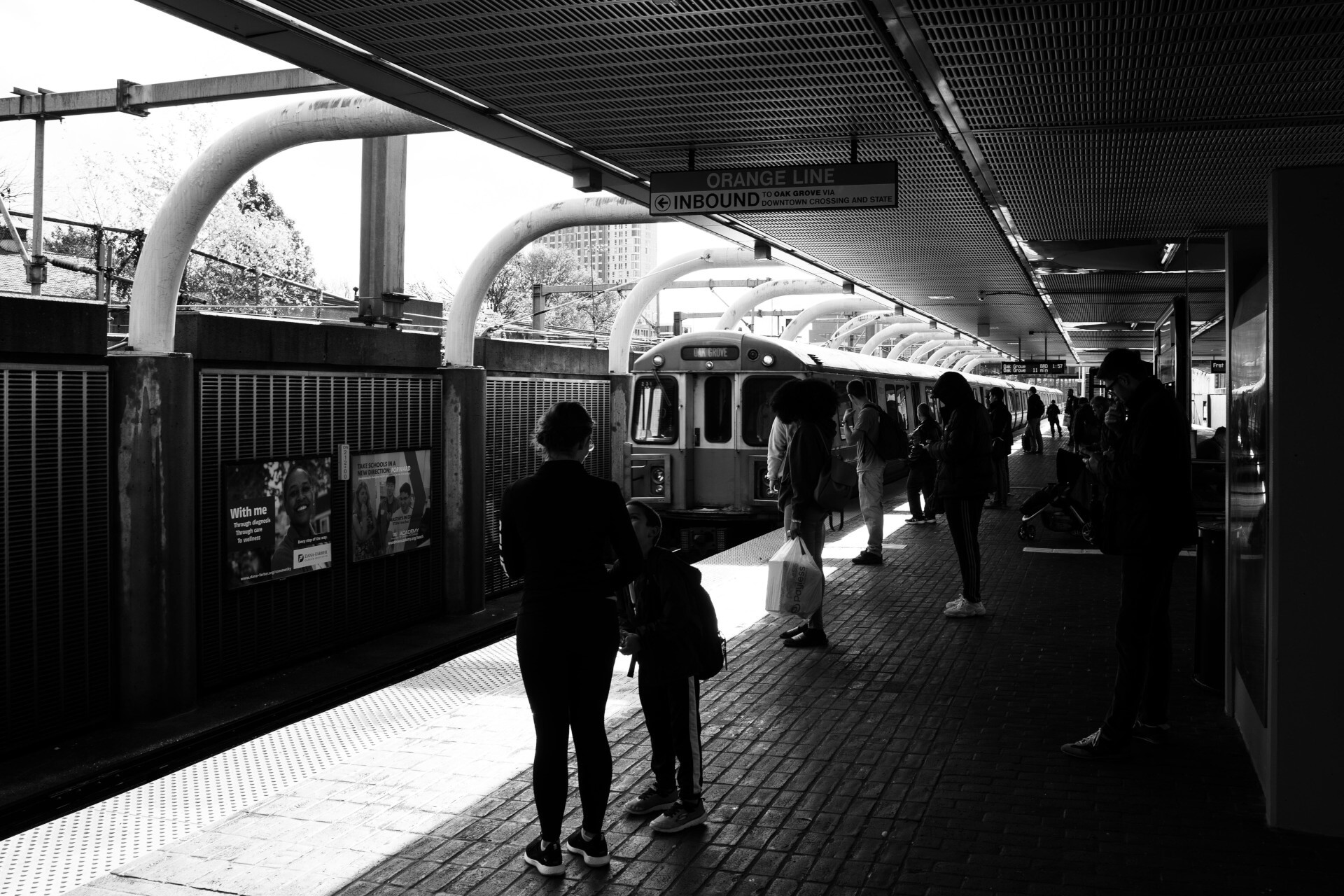
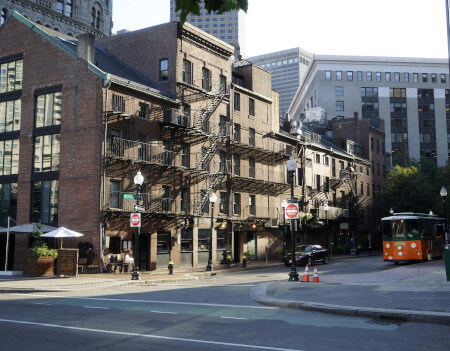






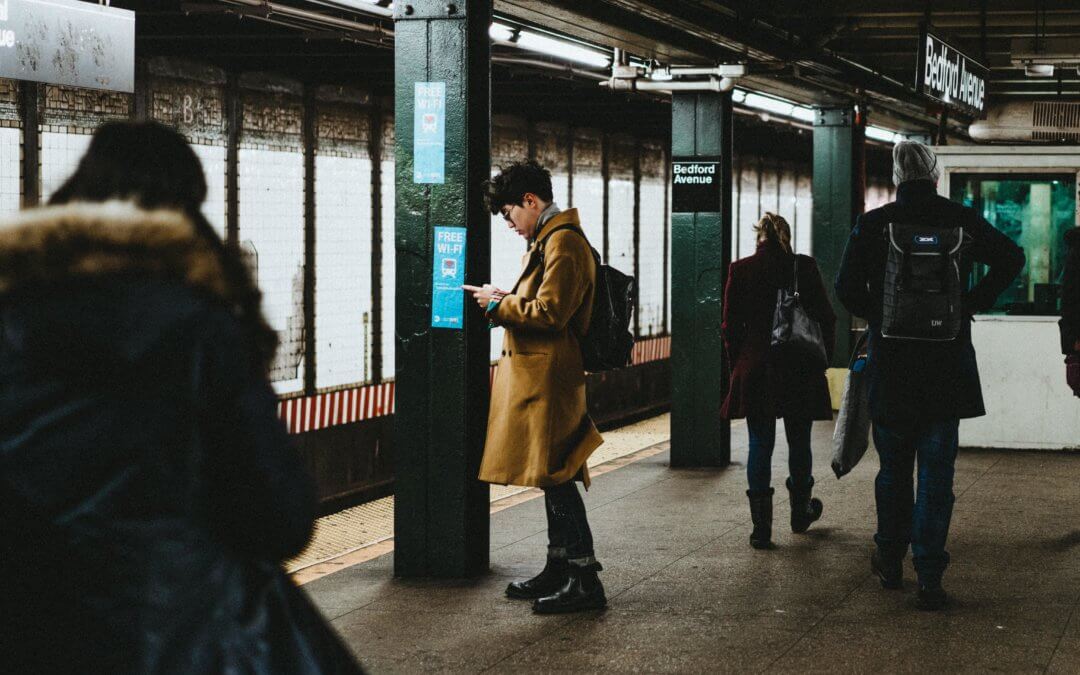
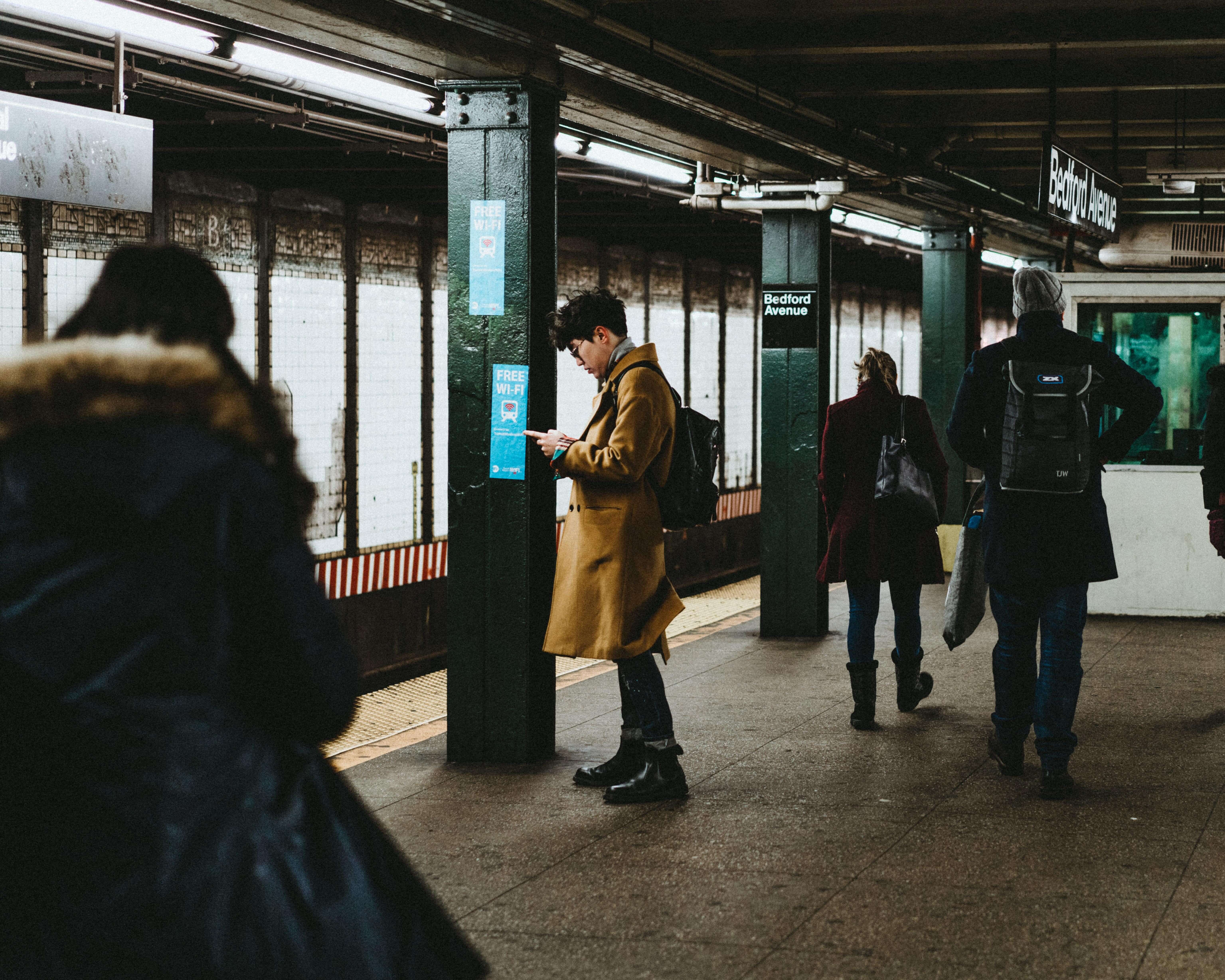
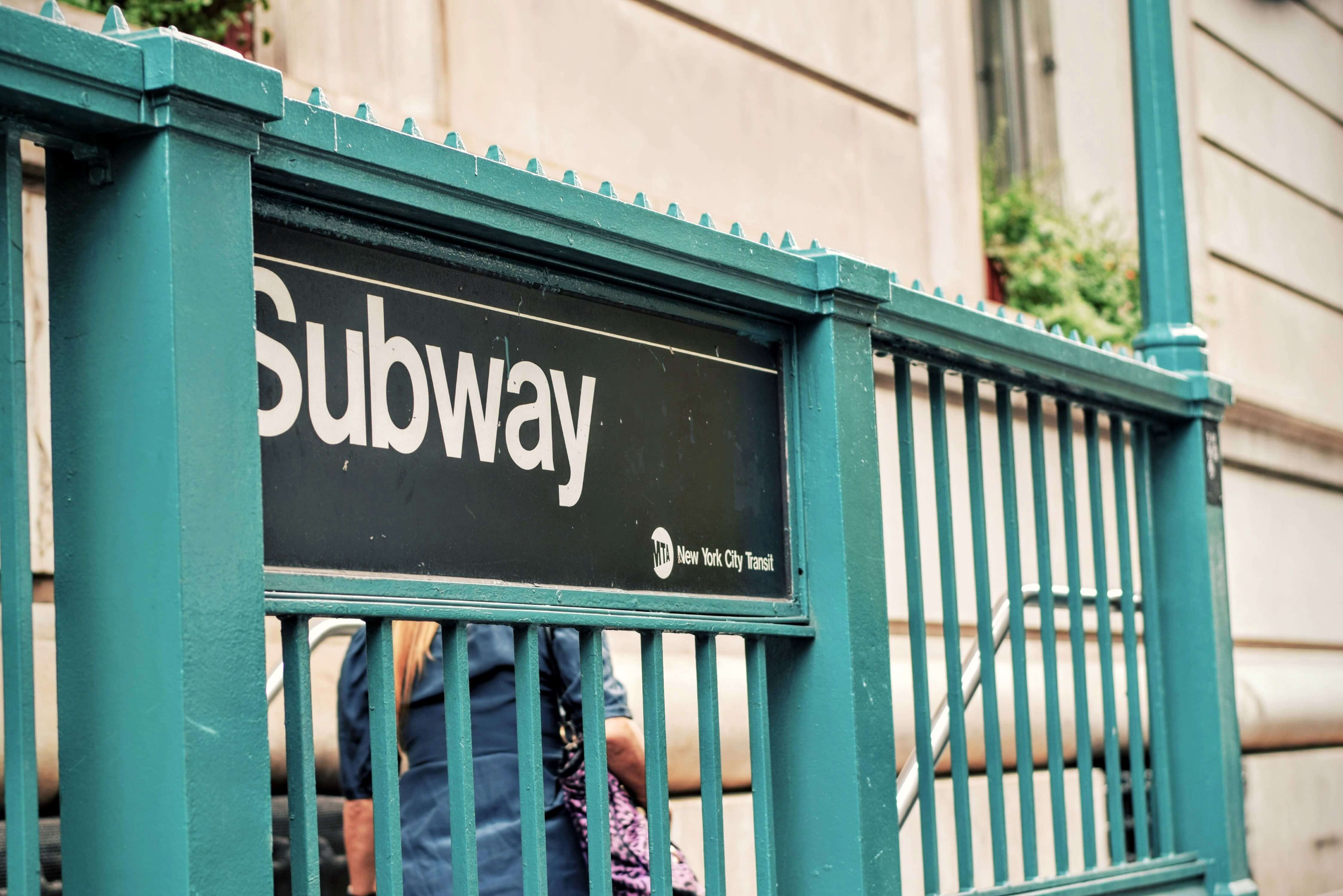

Recent Comments